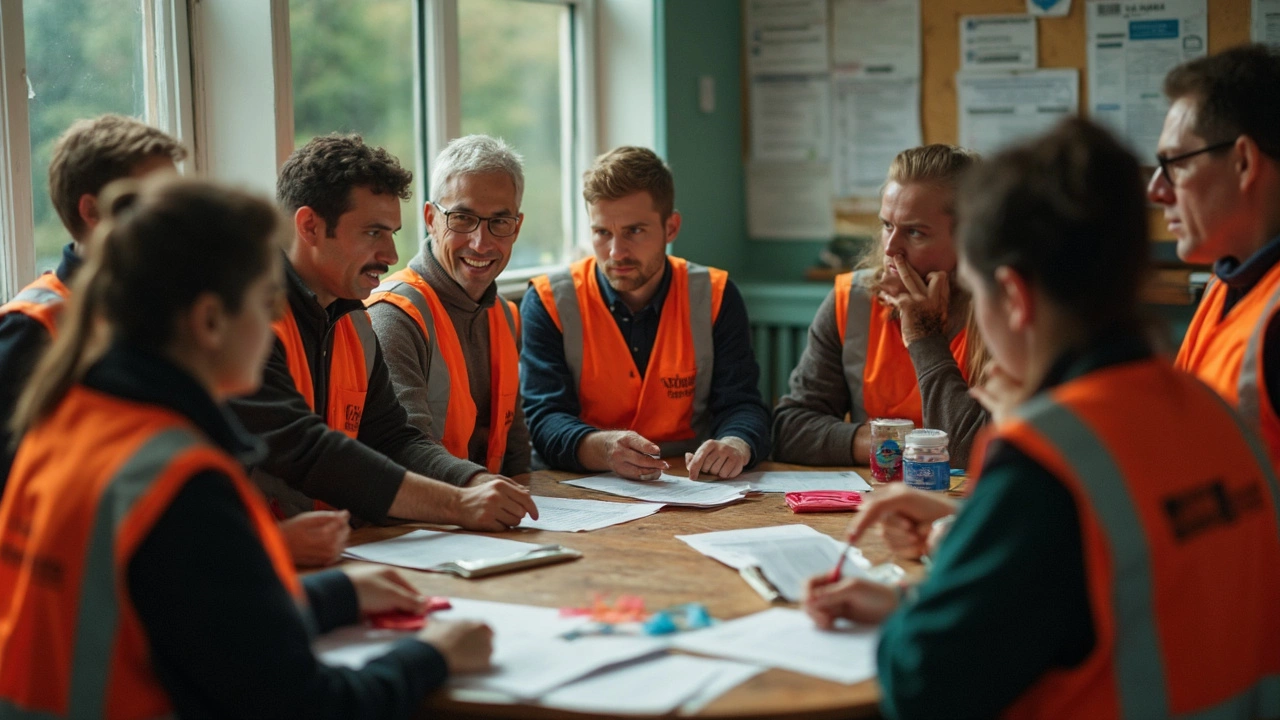Volunteer Safety: Keep Yourself Protected While You Give Back
Volunteering feels great, but it also means you’re stepping into new places and tasks. That can bring hidden risks if you’re not prepared. The good news? Staying safe is mostly about common sense and a few quick checks before you start. Below are simple steps you can follow right now, no matter what kind of volunteer work you do.
Know the Environment Before You Arrive
First thing: find out what the site looks like. Ask the organizer for a quick walk‑through or a map. Spot any slippery floors, low ceiling heights, or areas with sharp tools. If you notice something that could be dangerous, flag it early. A short note like, “I saw a loose rug in the kitchen, can we secure it?” can prevent an accident later.
Use the Right Gear and Follow Safety Rules
Most volunteer groups already have basic safety guidelines. Read them, and then match the gear to the job. If you’re cleaning a park, gloves protect your hands; if you’re helping in a kitchen, wear non‑slip shoes. Never skip protective equipment just because you think the task is “easy.” It’s better to look a little over‑prepared than to get hurt.
Health matters, too. Stay hydrated, especially if you’re outdoors on a hot day. Carry a bottle of water and take short breaks every hour. If you have allergies or a medical condition, let the coordinator know right away. A quick heads‑up can mean they have a first‑aid kit that fits your needs.
Communication is key. Keep a phone on you and know who to call if something goes wrong. If you’re working with a team, set up a simple check‑in system – a quick “all good?” at the end of each task makes sure everyone is okay. Small gestures like this cut down on misunderstandings and keep the group safe.
When you’re dealing with people, especially vulnerable groups, safety includes emotional boundaries. Respect privacy, listen first, and never push someone to share more than they’re comfortable with. If a situation feels tense, step back and ask a supervisor for help. Your well‑being and the well‑being of those you’re helping go hand in hand.
Finally, learn from every experience. After a shift, take a minute to write down what went well and what felt risky. Share those notes with the organization – they’ll appreciate the feedback and can improve safety for the next volunteers.
Volunteering is a win‑win: you help the community and gain new skills. By keeping these safety basics in mind, you protect yourself and make the experience better for everyone. Ready to get started? Grab your gloves, ask the right questions, and enjoy the good feeling of safe, purposeful helping.

Volunteer Risks: What You Really Need to Know Before You Sign Up
Volunteering seems simple, but there are risks you might not expect. From physical safety concerns to emotional burnout and legal issues, jumping in without preparation can backfire. This article lays out the main dangers, real-life stories, and tips for keeping yourself safe. Find out what to look out for before you commit your time. Stay informed and enjoy giving back with your eyes wide open.